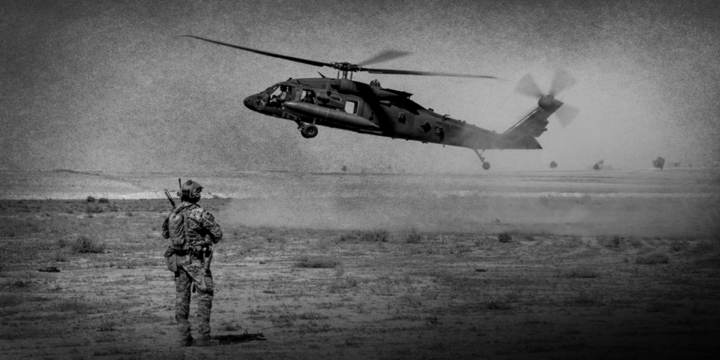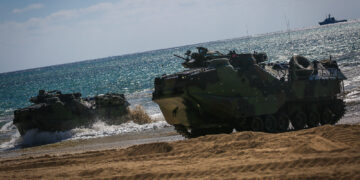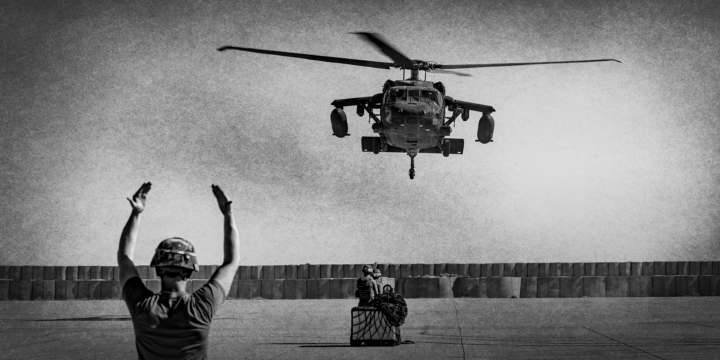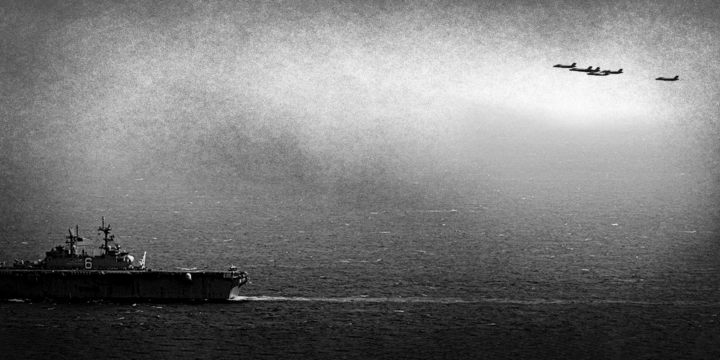October 29, 2024
Is there really an ‘axis of evil’ set on destroying the U.S.?
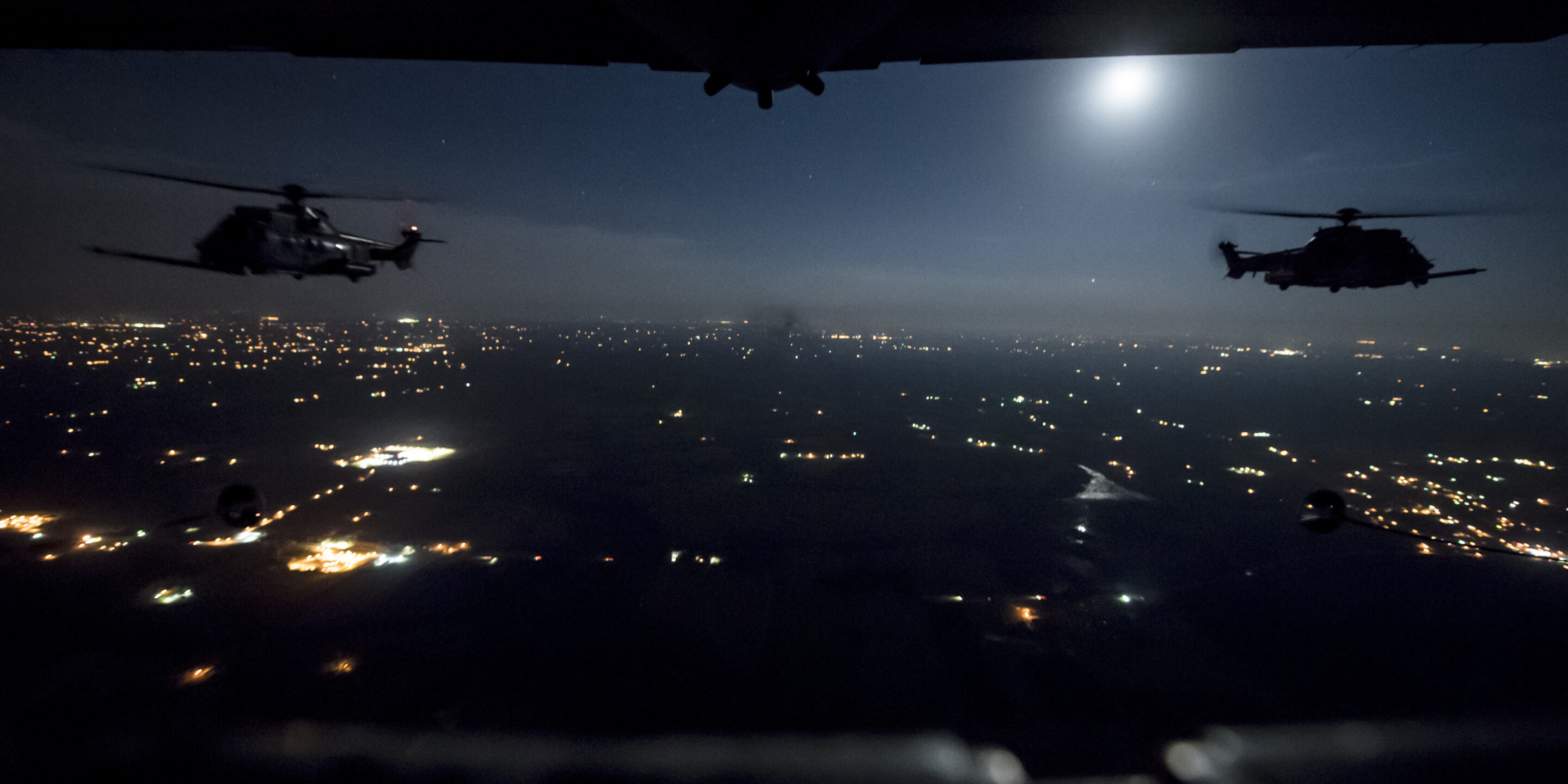
If we didn’t know any better, we might flip through the newspaper and conclude that the international order the United States helped construct after World War II was coming apart. We might also be led to believe that four countries, China, Russia, Iran and North Korea, are not only contributing to its demise but also forming an alliance to destroy the so-called rules-based order that senior U.S. officials crow about.
Since the war in Ukraine erupted in February 2022, U.S. foreign policy experts have used the word “axis” to describe the blossoming relationships among Beijing, Moscow, Tehran and Pyongyang. Some refer to the bloc as an “axis of upheaval”; and others frame it as an “axis of revisionist powers” or the wordier “axis of growing malign partnerships.” Even the phrase the “axis of evil,” which President George W. Bush famously cited during his 2002 State of the Union address, is reappearing in popular discourse.
But is any of it true? Is this “axis” framing correct? Or is the U.S. dealing with a collection of adversarial states whose interests at the moment are temporarily aligned?
Yes, cooperation among China, Russia, Iran and North Korea is in fact happening. They may be very different countries with different languages, cultures and history, but all four view the United States as a hostile adversary. The U.S. has sanctioned Iran and North Korea to the hilt, and the sanctions have grown only stronger over the last few years. China sees the U.S. as its primary competitor and a country seeking to corral allies to contain Chinese power and development. Russia, of course, has even bigger gripes; were it not for more than $60 billion in U.S. military aid, Russian President Vladimir Putin’s troops would likely be in a more advantageous position in Ukraine than they are today.
More on Asia
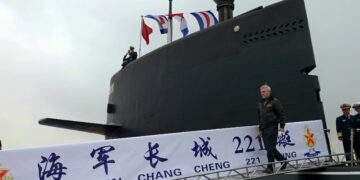
Featuring Jennifer Kavanagh
September 8, 2025
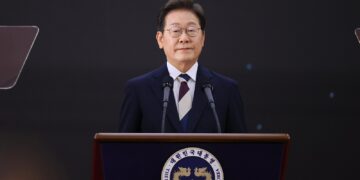
Featuring Jennifer Kavanagh and Dan Caldwell
August 24, 2025
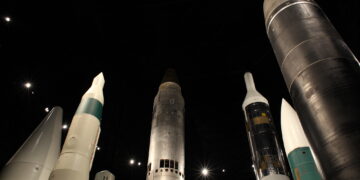
Featuring Jennifer Kavanagh
August 20, 2025
Featuring Lyle Goldstein
August 16, 2025
Events on Grand strategy
